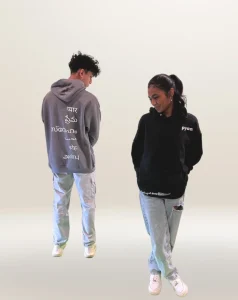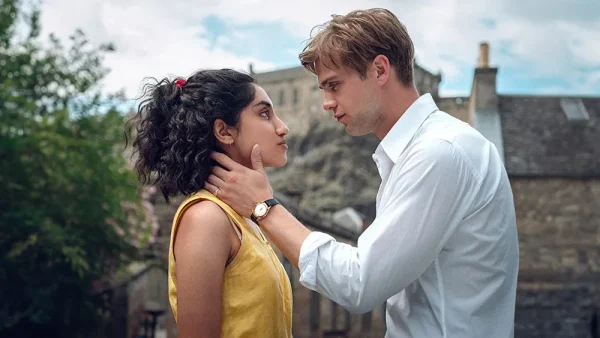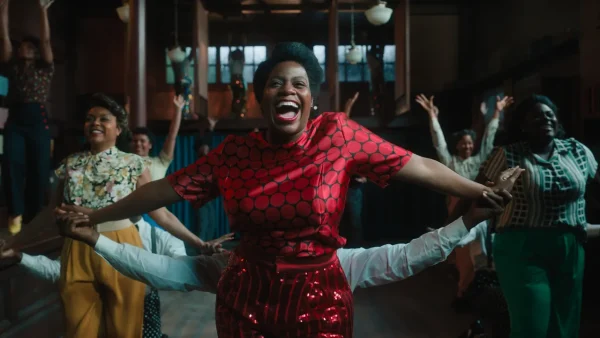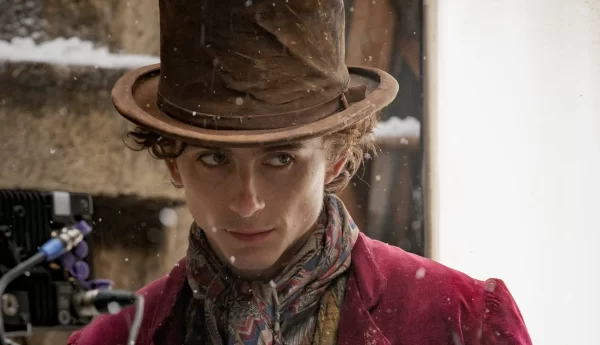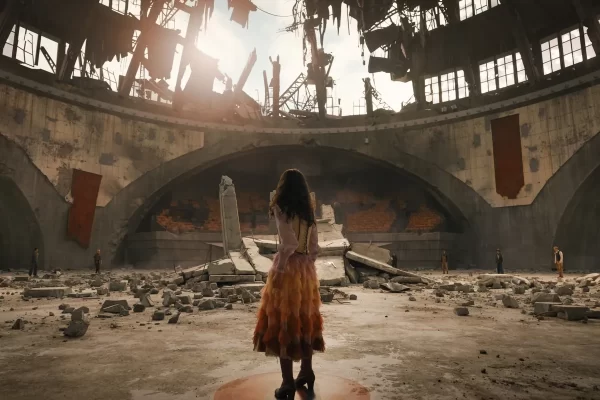’13 Reasons Why’
June 3, 2016
The book “Thirteen Reasons Why” by Jay Asher is a haunting tale that follows two narratives- one of a boy named Clay in the present and one of a girl named Hannah set in the recent past. One day, Clay is sent a box full of tapes, which he soon realizes were all recorded by his fellow classmate Hannah, who had committed suicide a few weeks ago. Hannah had decided to record a series of tapes, rehashing her gradual descent into depression and eventual suicide brought about mainly by the experiences and influences of a series of thirteen people, to send to each of the thirteen on her list successively in the event of her death. Clay is supposedly one of the people on this list- one of the ones who supposedly ruined Hannah’s life- though he can’t understand how that might have happened, since Hannah had been a long time crush of his. Intrigued and a little horrified, Clay continues to work through each tape and follow the map sent by Hannah down the long descending spiral that she traveled.
The way the story is narrated is completely unique and is part of what makes the story so compelling. Rather than having a chapter of narration by Hannah and then a chapter of Clay’s reaction to Hannah’s newest revelations, the story jumps back and forth between Hannah’s voice and Clay’s reactions throughout the telling of the story, giving more of a sense of real time instead of constantly recapping. This method of telling the story allows the reader to become absorbed into the moment, instead of being kept distant from the situation through the separation of the characters. In this way, the reader can observe Hannah and Clay’s voices interacting, making their perspectives much more palpable and realistic.
The issues that the story deals with are extremely sensitive, especially when dealing with the youth of today and the air of immortality that they carry with them. Suicide is a truly horrible act that seems all the more awful when it occurs with a young adult who had so much potential and life left to live. This book does a good job in presenting how the decision to take one’s life can come about and instead of romanticizing it, as the media so often does, describes the true tragic nature of it. The book reveals how the self centered worldviews of each of us in today’s society can blind us to the obvious signs of others’ struggles, with one question often being asked- ‘How could none have seen this girl struggling? Why didn’t anyone help her?’ The book really puts responsibility on the reader to take off the blinders that block out the world around them and leave them open to reaching outside their comfort zone to help people who might not seem like they need or want to be helped. The ending of this book was expected- you know from the beginning that Hannah commits suicide- but the way it ends is completely unexpected and heartbreaking.
The one thing about this book that left it a little lacking for me was the seeming plot holes between the experiences Hannah describes. She even says that there are thousands of little experiences that lead to each of the major points that influenced her decision to take her life, and while the exclusion of all these details is necessary in order to keep the story going, I felt like I couldn’t fully sympathize with Hannah and the reactions and feelings she has without seeing part of that gradual descent.
Despite this, Hannah’s story still invokes many emotions, especially among those who have dealt with depression and loss. This story really shows how much one life is affected by so many others, and I would highly recommend this book to anyone who needs a wake up call to the real life tragedies that others experience around them.







